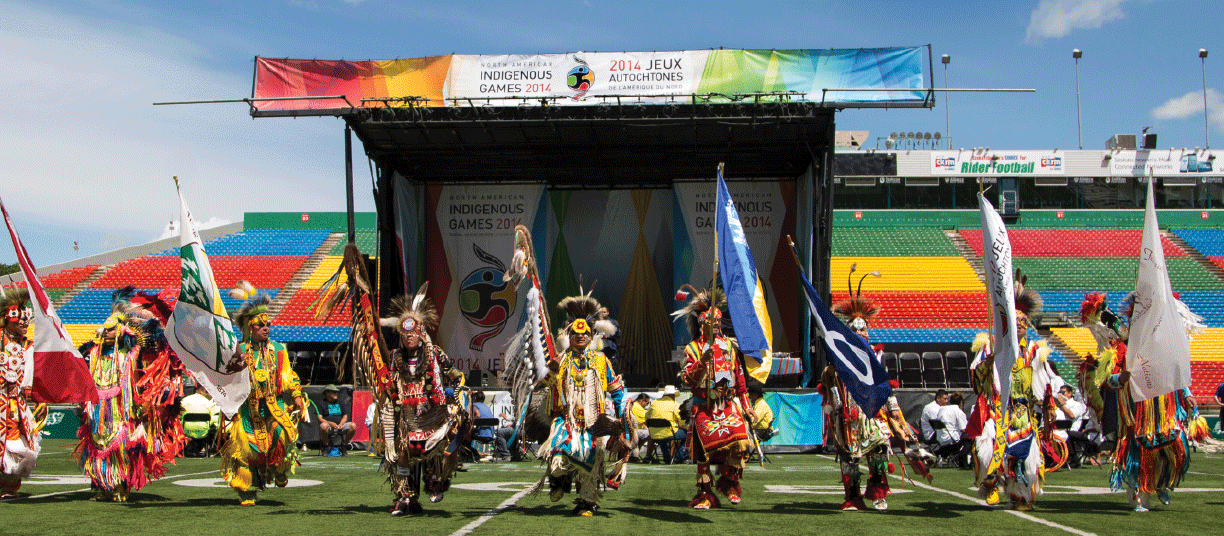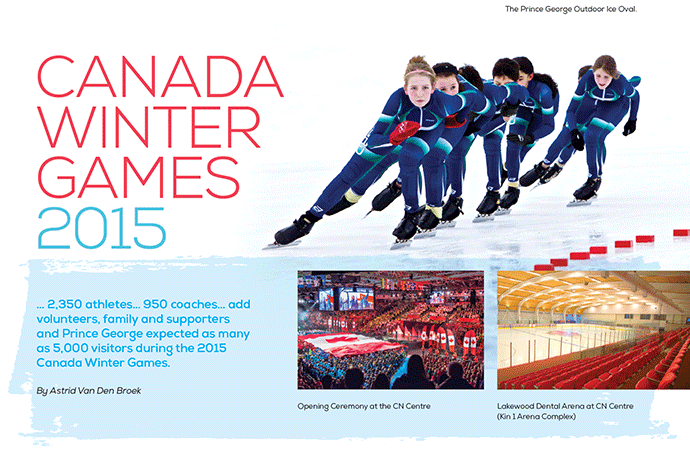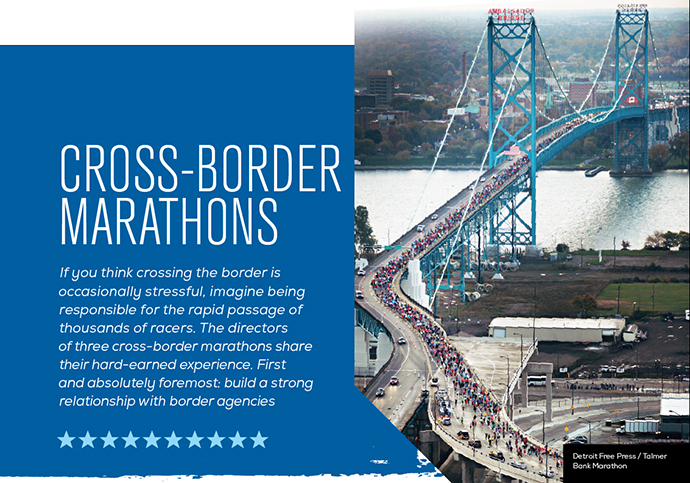THE EVENT
“Raising the Bar” was the theme of the 2014 North American Indigenous Games (NAIG), held July 20-27 in Regina, Sask. “We wanted to elevate the calibre of the competition, and to provide a cultural experience as well as a sports experience,” says the event CEO, Ron Crowe.
First Nation and Metis youth aged 13-19 from across Canada and eight regions in the United States competed in 14 different sports, ranging from canoeing, archery and lacrosse to fastball and volleyball. Cultural events were also part of the mix, including free daily cultural showcases open to the public, a mentoring program for artists, and a provincial lance run in which participants, carrying a sacred lance, ran from community to community in the weeks leading up to the Games.
CHALLENGES
“Look for solutions,” was the event organizers’ daily mantra, remembers Crowe. Finding accommodations for 4,000 athletes plus 1,000 chaperones and coaches—practically comparable to an Olympic Games—was a particular hurdle. The organizers partnered with the University of Regina to house about 1,800 people on-campus. Another 15 hotels hosted the remaining attendees and participants. Transportation to the 21 venues and two different food service sites was accomplished through chartered city and school buses.
SOCIAL AND ECONOMIC IMPACT
The NAIG Council commissioned a social impact study from a consulting firm to measure the impact of the Games. The results were powerful:
89 per cent of participants felt more confident after competing in 2014 NAIG and 91 per cent felt their communities viewed them as role models.
96 per cent intend to stay actively involved in competitive sports and 97 per cent intend to maintain healthy diets.
70 per cent intend to pursue a university degree and 25 per cent intend to pursue graduate studies. More than half (52 per cent) said NAIG had an influence on their decision to pursue higher education.
Don Clark, contracted by the University of Regina to handle event planning for the Games, says there was a lot of positive feedback from athletes and coaches, noting that a number of participants from northern communities had never visited a university campus before. “Some young First Nations athletes may be hesitant about moving into mainstream sports,” Clark says. “This was a great opportunity to identify some key athletes and talk to the coaches about getting involved in provincial and national training camps.”
According to Crowe, the Games generated $28.8 million in gross output (a measure of total sales volume at all stages of production) for the area.
Almost 9,000 room nights were generated for all hotel members of the Regina Hotel Association (the total does not include room nights at the University of Regina residence accommodations).
Photo: Regina 2014 NAIG / Chrystal Nichole Pelletier





